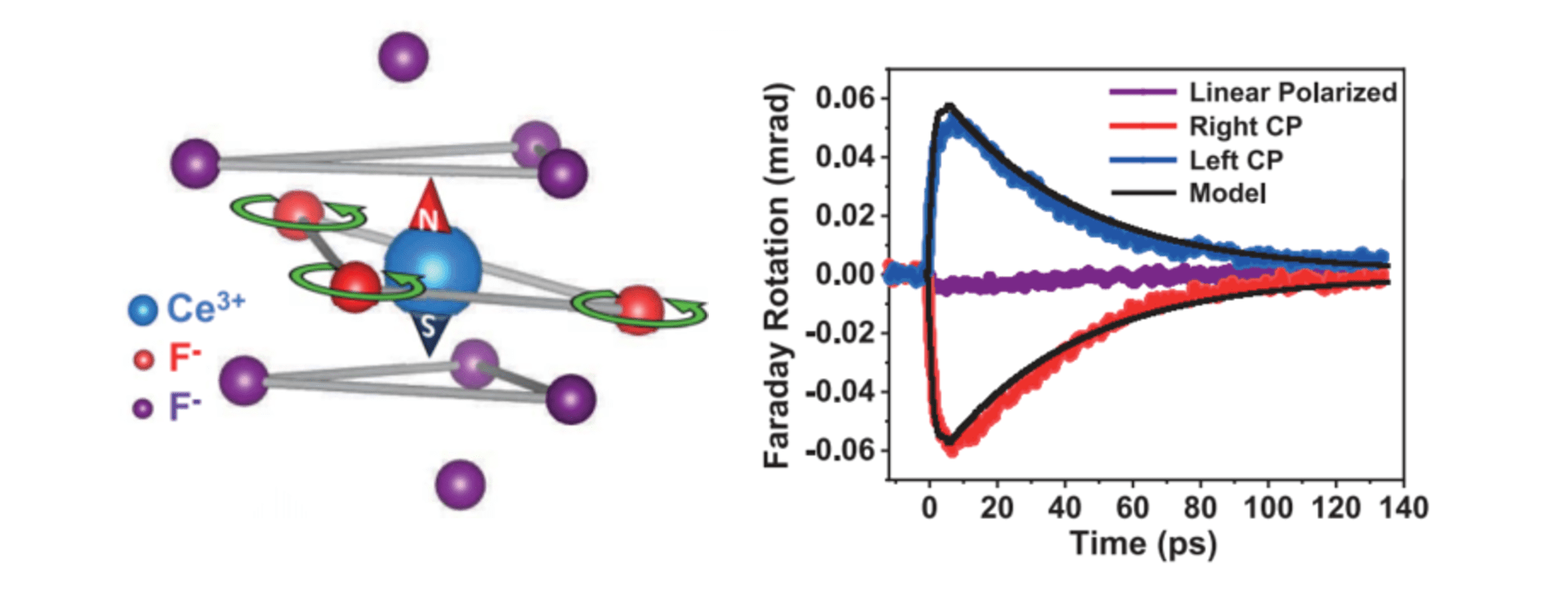Time-reversal symmetry (TRS) is pivotal for materials’ optical, magnetic, topological, and...
Our student, Rui Xu has won the 2023-24 Brotzen Whitmire Graduate Fellowship for his...
Mature optical technologies from the microwave frequencies to the X-ray frequencies...
Recently our lab members have been actively participating international academic conferences...




